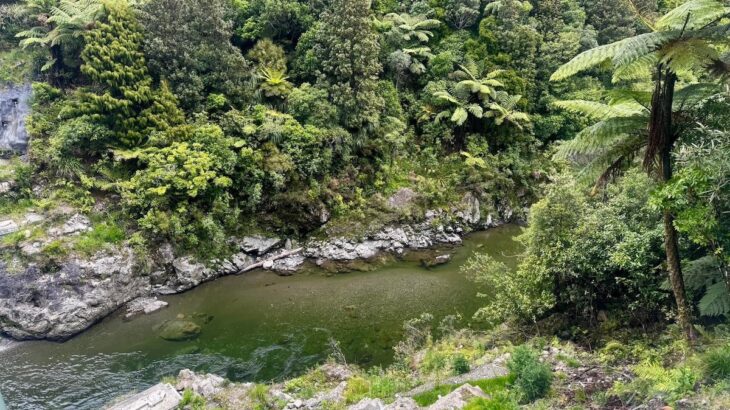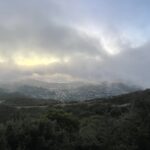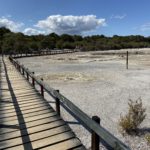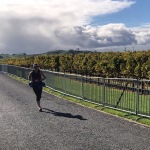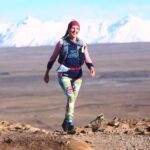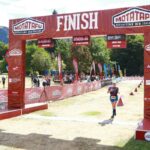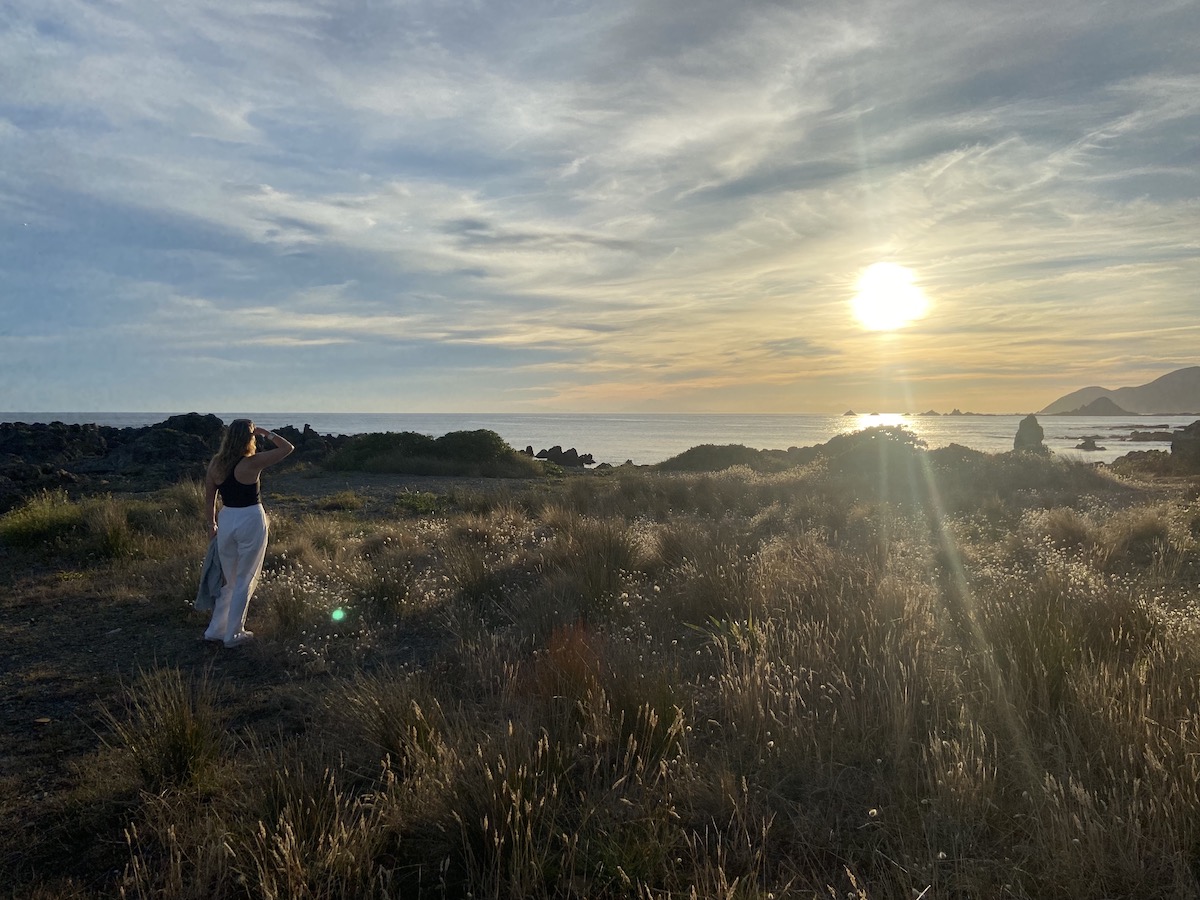In November 2024 I took on the epic endurance event of the 50km WAI2K Ultra, from Woodside Train Station in Greytown, through the hills of the Wairarapa and Kaitoke Regional Park, to Tunnel Gully Upper Picnic Area in Upper Hutt.
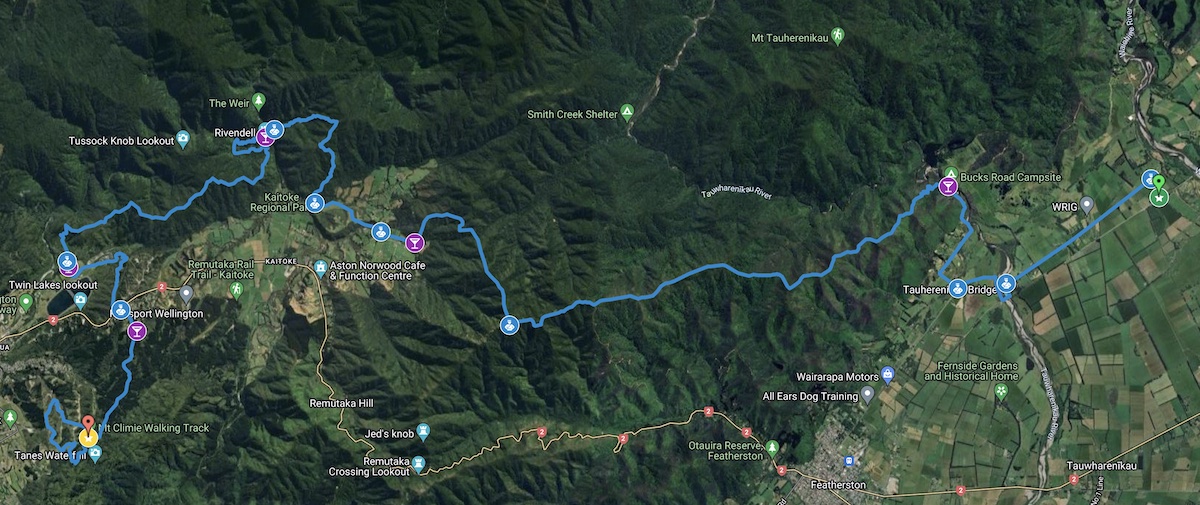
This mixed terrain course involves around 2,500m of elevation gain through dense scrub, beautiful native forest, up and down many hills, some involving steep technical descents, some rivers to cross and even a rope to climb up (only a couple of metres of it, but with over 20km in the legs it was a cramp inducing experience!).
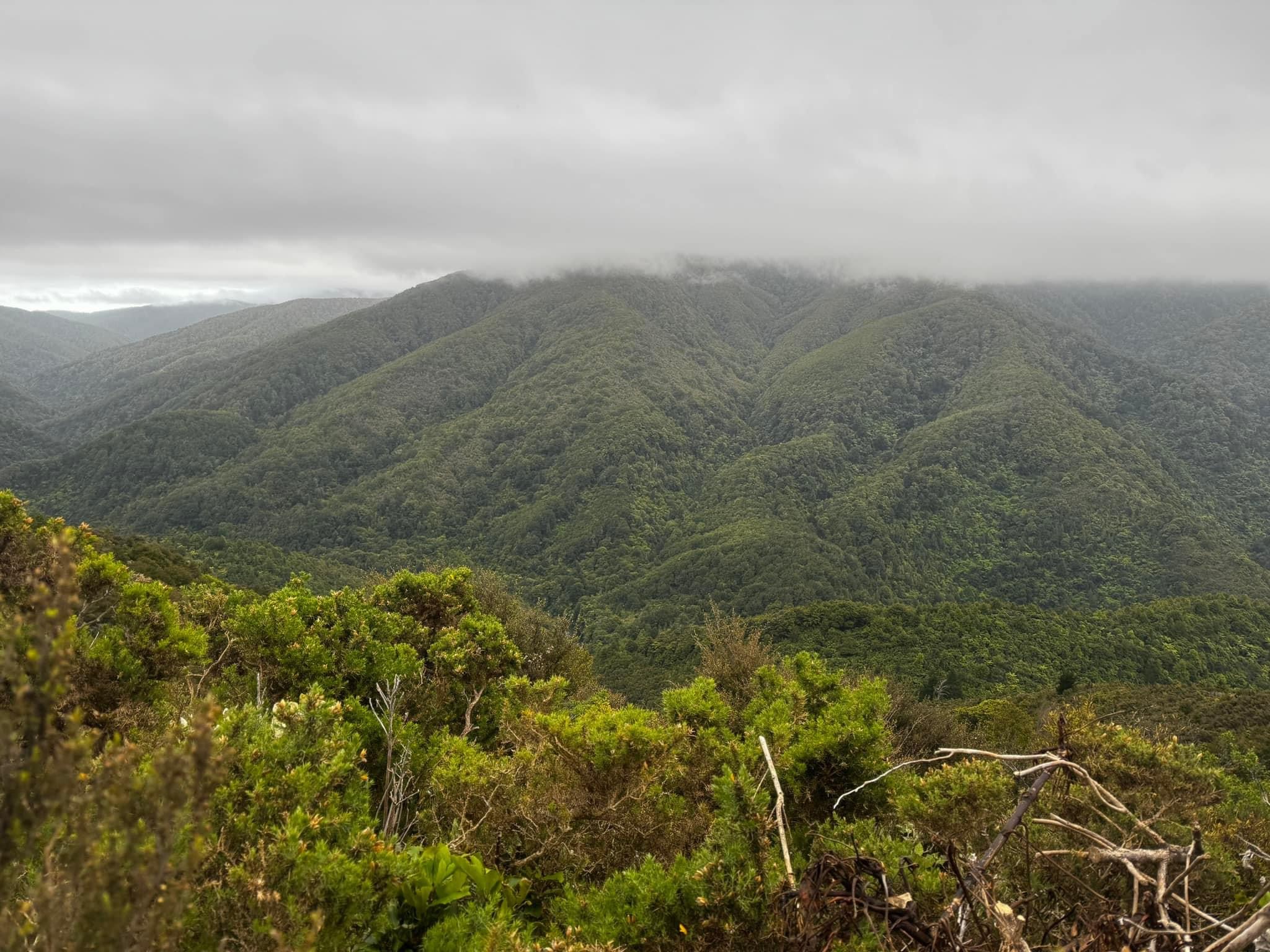
I have looked at this course for a few years now, but haven’t felt ready for it – both in strength and confidence! Anyway, 2024 was a year when my body was cooperating, I was injury free, had already done a few epic events (Motatapu 42km in March, Faultline 50km in April, Tekapo 50km in September) and felt the confidence to give the WAI2K a good crack!
Nevertheless, this 50km involved more elevation gain than any event I’d previously tackled, over terrain that was far more technical, and I knew it was going to be the longest 50km I’ve done to date – with a lot of hiking mixed with jogging and running. So, I decided that raising funds for a good cause would help to keep me going when things got tough – and also help to motivate me to get out on some long, hard training runs!
At the time I was working part-time for a charity called ‘House of Science New Zealand‘ (this year I’m volunteering for them, delivering and picking up science kits, to and from primary schools in the Wellington and Kapiti coast area, as well as helping with kit restocking). I was made aware of a new kit that was under-development, called ‘Forest Health’, and knew it would be a wonderful kit to add to the Wellington branch’s library – but each new kit comes with a hefty price of NZ$3,000! So, seeing as the WAI2K involved trekking through some beautiful native forest, I thought it would be a perfect event to do whilst raising money for this wonderful cause.
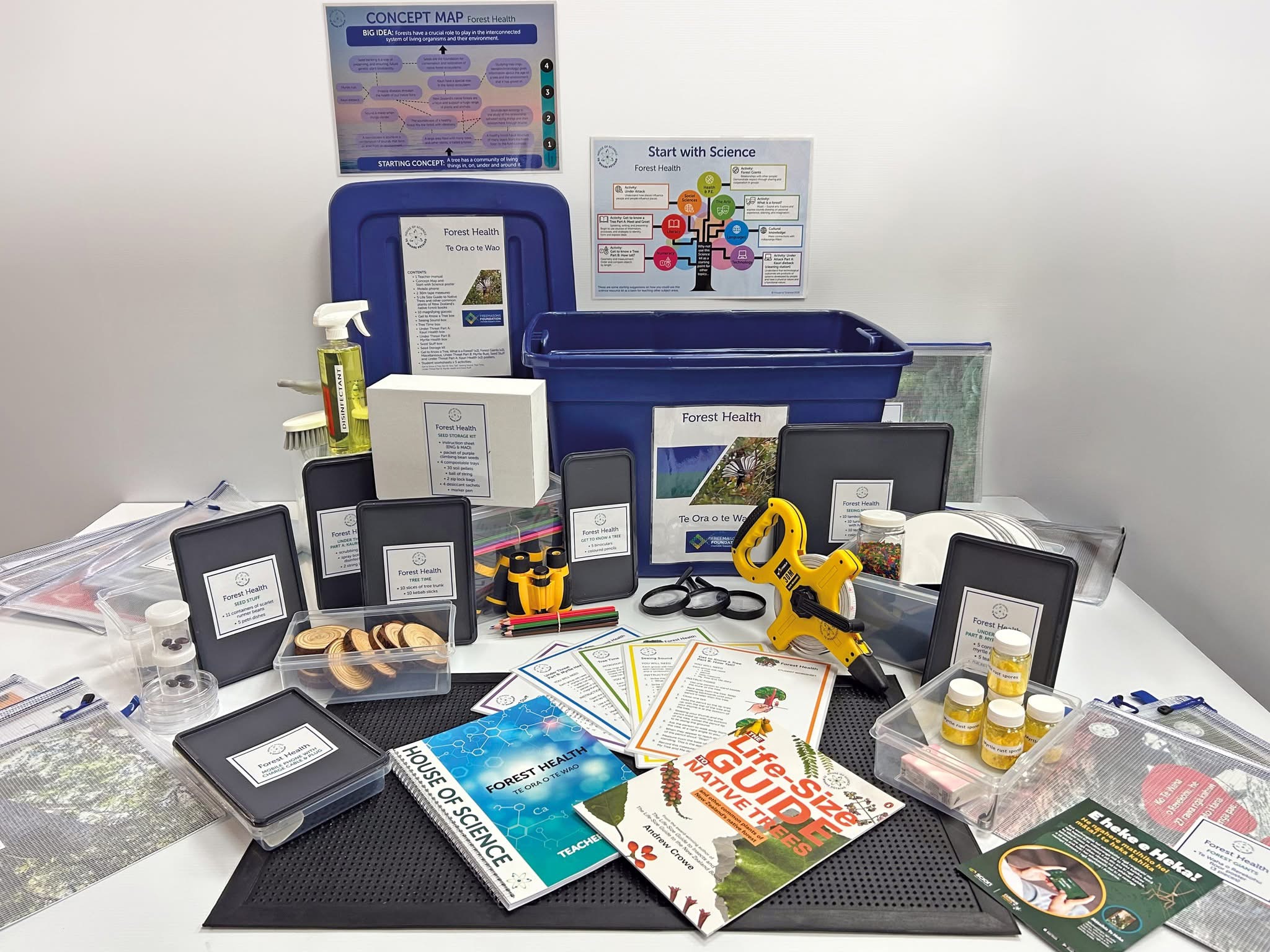
And so, I got training and fundraising!
On the morning of the event my alarm went off at 4am, giving me two hours to prepare my body and mind for the 6am start (I always need a couple of hours to fuel up… and digest my breakfast, before a long run). Hubby dropped me off at Greytown train station, where the choo choo train of runners gathered on the platform, ready to put their feet in motion for either the 50km or the 100km event (those doing the 100km ran the same course as the 50km folks, for the first half of their journey, and started at the same time).
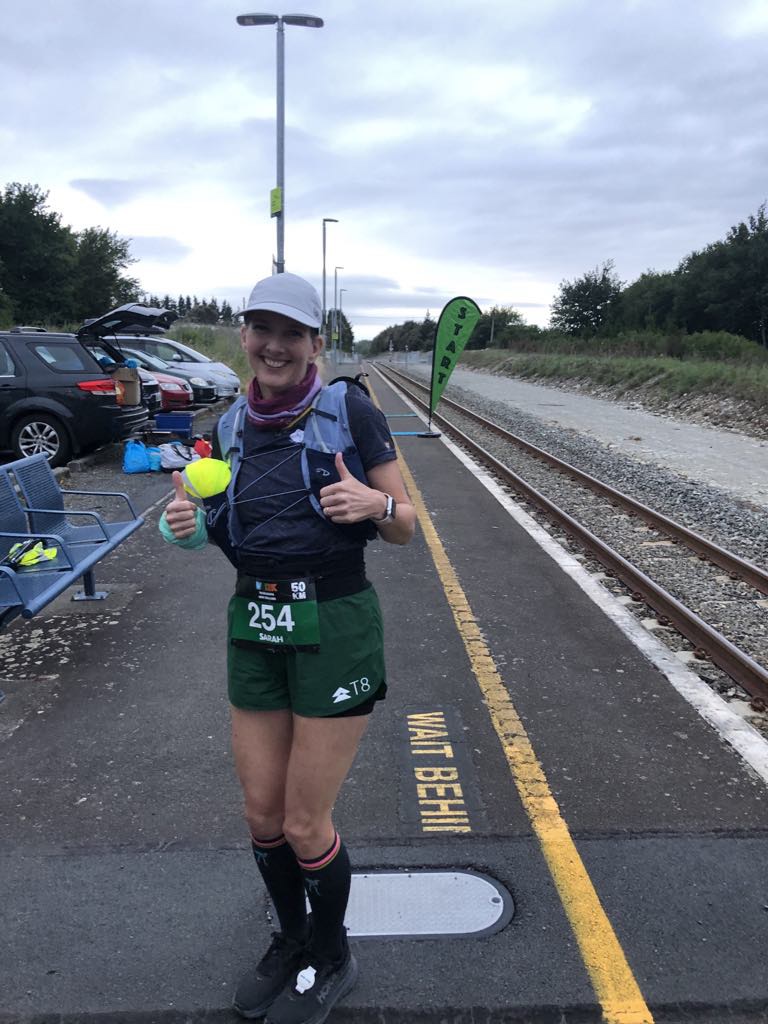
The first 8km was mostly flat, along rural, mostly gravel, roads. It was a good opportunity to expel start line nerves, shake out the legs and have a good natter to fellow runners. It was great to be at the start line with people heading out for the 100km and ask them where they’d travelled from to do the event, whether it was their first time running 100km and hear some of the trail running stories. After around 4.5km we reached the first of three swing bridges on the course, turning onto Bucks Road and on to the first aid station.
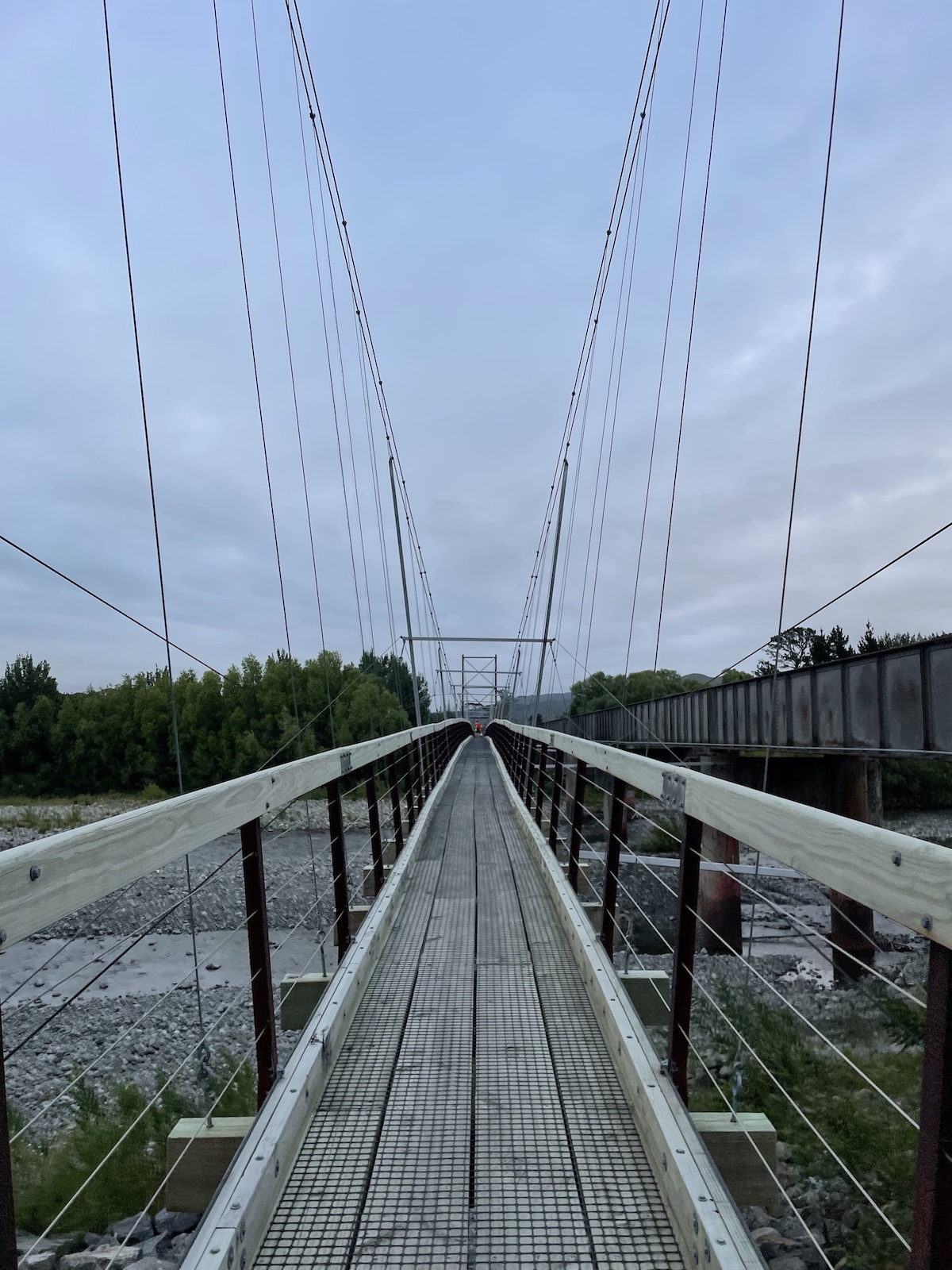
At the aid station wonderful volunteers provided food and hydration. I stopped to fill up, thank the volunteers and ready myself for a change of pace, as the course headed up into the hills and bush. The next section would be the longest between aid stations (at least 14km), with a lot of climbing through scrub and over uneven terrain. On the event website this section is described as;
Frith track is tough. You follow this until you hit Pylon track where you follow this over, to then switch onto Puffer Saddle – for some the most challenging part of the course. Onwards to Kaitoke Aid Station which is around 5-6km from Puffer entrance.
My pace switched from 5 to 6 minutes per kilometre to 11 to 13 minutes per kilometre, as the steep climbing commenced. At times the camber of the track was uneven, and hidden in long grass were stumps from where gorse and blackberry bushes had been hacked down to clear a path for the event (I was hugely grateful to the race director, and many good folks, who had spent copious weekends toiling away to make the course more accessible).
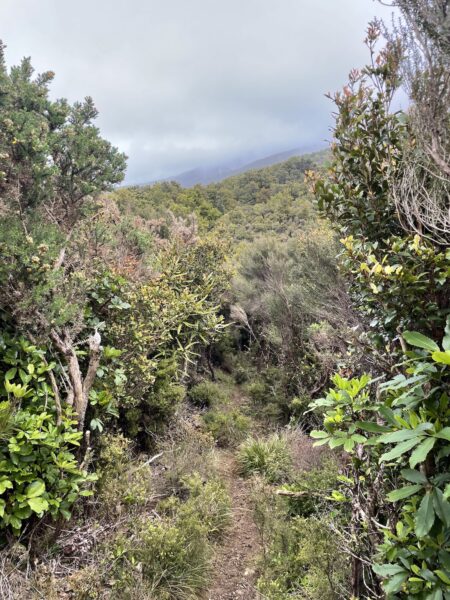
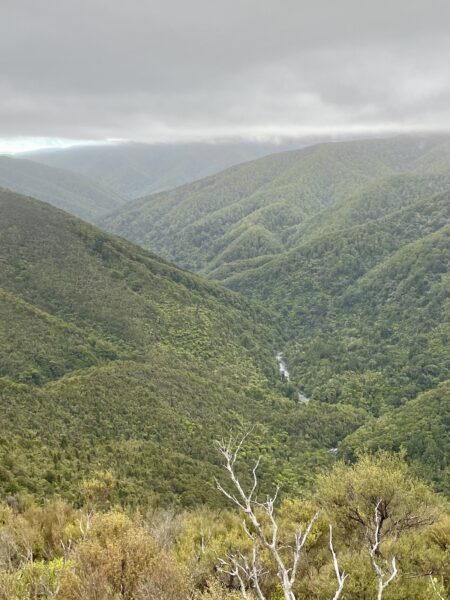
For the first time in my fifty years I had got myself some lightweight running poles and was soon wondering what had taken me so long! I whipped them out as we started to climb and was so grateful for the extra support and being able to save some energy in my legs, by taking some of my body weight through my arms.
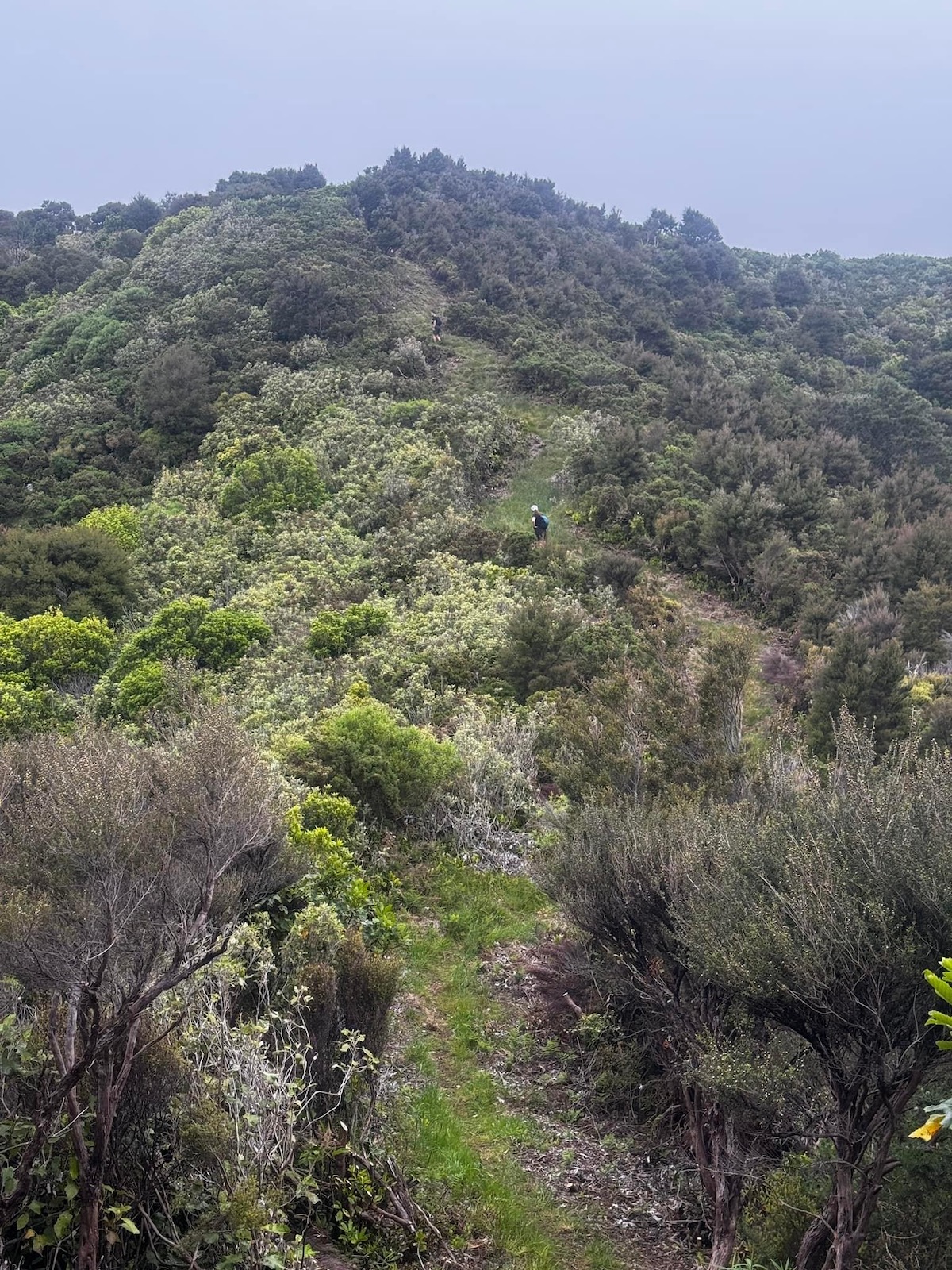
As we climbed we were rewarded with expansive views over Kaitoke Regional Park and then, as we got up to Puffer Saddle, a light cloud cover rolled over us. The path wasn’t clear at times and I had to remind myself to keep looking up, and ahead, for the next marker, whilst also focusing on where I was landing my feet, as exposed tree roots and rocks were constantly threatening to trip me up and some of the terrain was slippy as the trail traversed over clay like earth and moss.
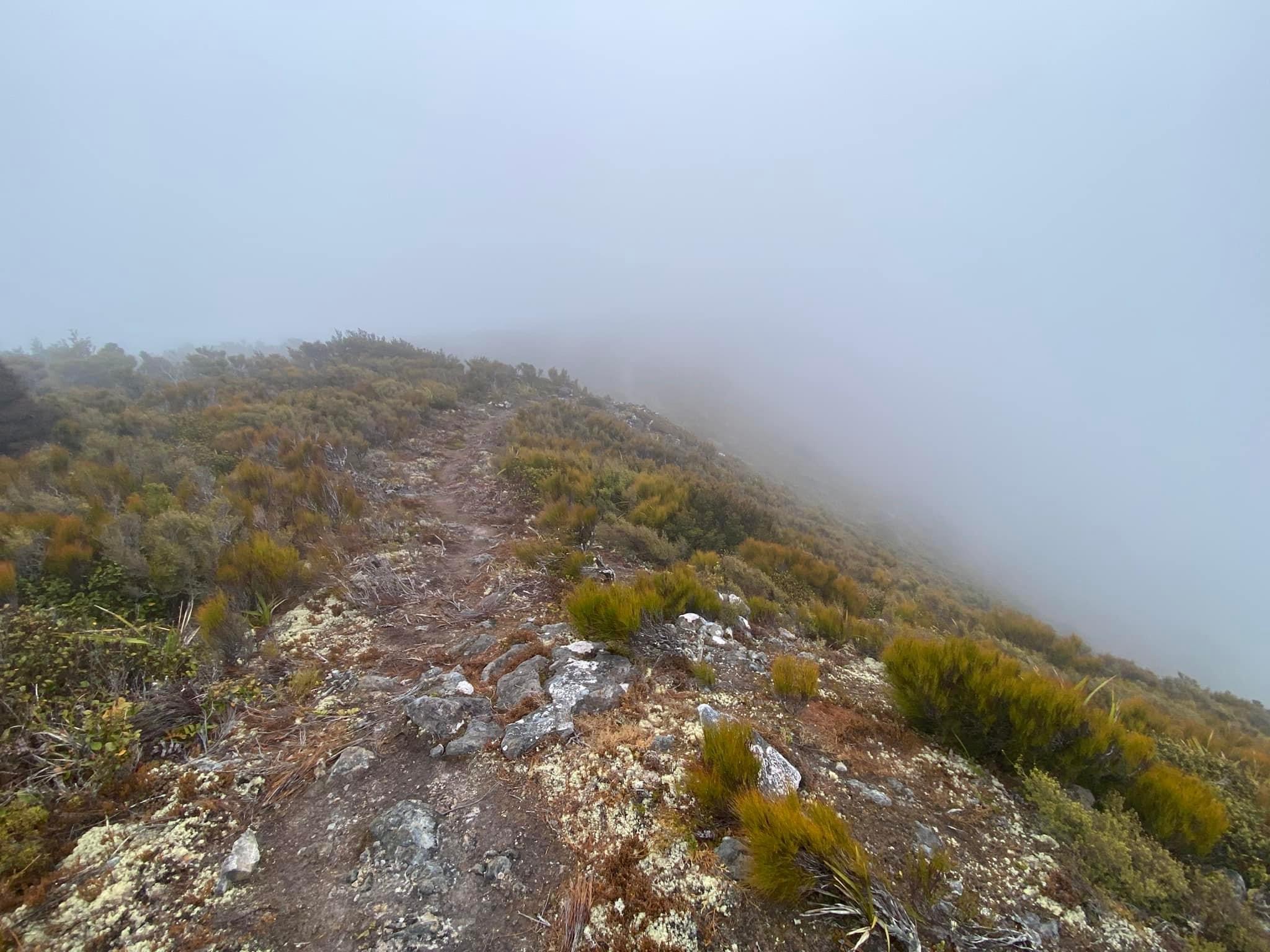
At times I was jogging / hiking with fellow ‘runners’ (though we were mostly fast hiking, jogging, hopping over obstacles and letting out occasional grunts and squeals, as feet caught on things or a bit of errant gorse scraped against bare skin, not exactly running!), at others I found myself momentarily alone – but could hear voices in the surrounding bush and mist.
More than once I found myself tracking behind someone, trying to stay close, as it felt comforting to not be alone, and I’d zone in on a colourful pair of socks in front of me – to then fall back a little and later they would emerge from behind me and I was so confused as to where they’d gone – turns out a few people lost their way and then had to backtrack onto the course.
After a lot of climbing I was relieved to start the descent down to the Kaitoke Aid Station (the one I’d volunteered at the year before). It wasn’t an easy descent though, and I was glad to find myself with a small group of friendly runners. We bush bashed our way for a good few kilometres, finding it hard to see where our feet were landing, whilst seeking out orange triangle markers on trees to guide us.
Eventually, my ears could hear music and I knew the aid station was close. My two water flasks were empty and I was very much in need of hydration (and glad that ‘Tailwind‘ was the option for this event – as it’s my preferred drink on long runs). I was so happy to see the wonderful volunteers at the aid station and stock up on food and drink.
Next came a short stretch of road, before crossing some private land, and heading up Norbett Creek loop track – a tough climb before a steep technical downhill to Rivendell area. It felt so good to switch gears for a moment and stretch out the legs at a faster pace, before readying them for the next climb. The climb up Norbett Creek, after having crossed the creek, felt tough after more than 25km on the legs. I had recced this part of the course in my training and was extremely grateful to have poles. I simply kept putting one foot continually in front of the other, swinging my arms and placing my poles firmly down, resisting the temptation to stop, and caught up with a few fellow ‘runners’ (though we were all hill plodding battlers at this stage!).
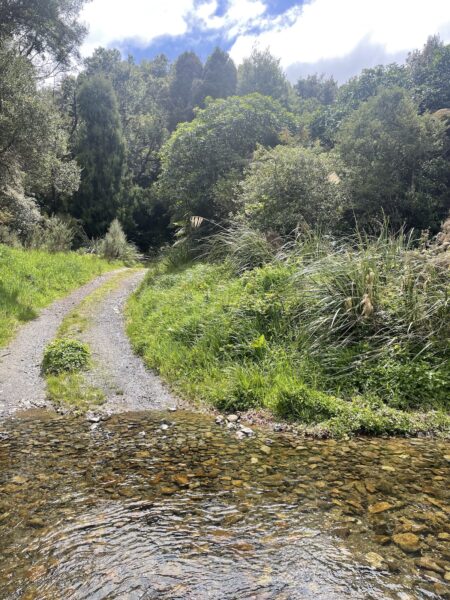
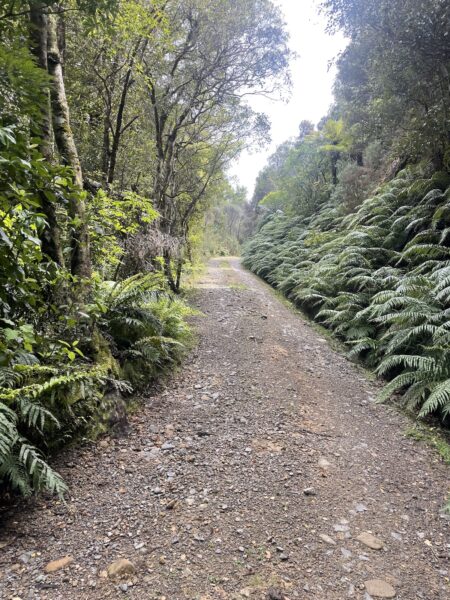
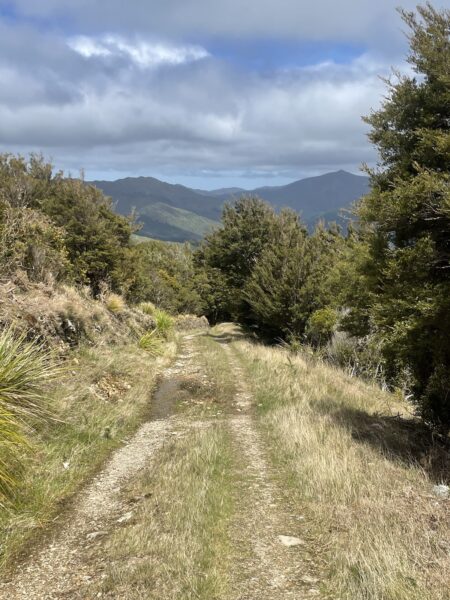
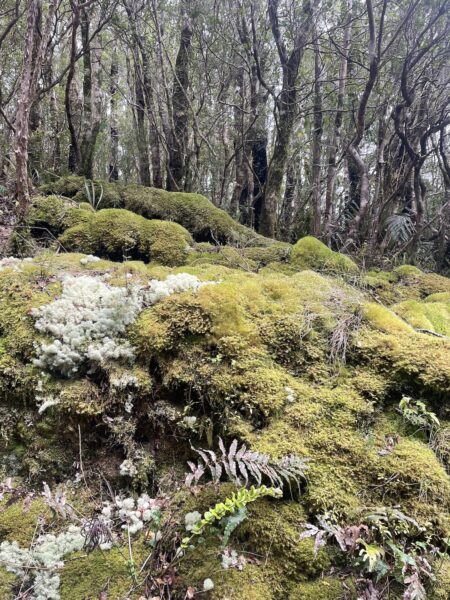
A small group of us teamed up, as we made the steep, technical, descent to Rivendell – taking it in turns to be the eyes at the front – seeking out the orange triangles that showed the way through the dense forest. A couple of times my legs threatened to cramp up on the descent, but having the distraction of thinking where to place my feet, to avoid getting snagged by the exposed tree roots, helped – along with a couple of slaps to my thighs to remind them to sort their sh*t out!
Eventually we reached a couple of little stream crossings and I knew that the next aid station, at Rivendell, was close.
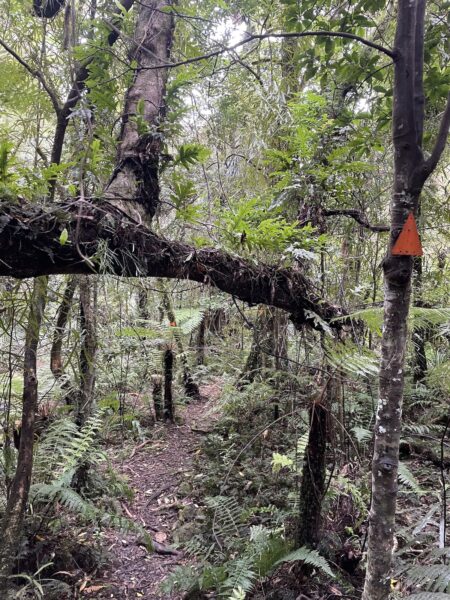
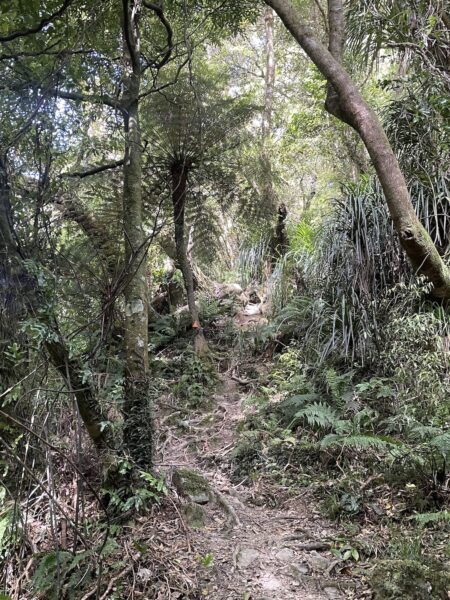
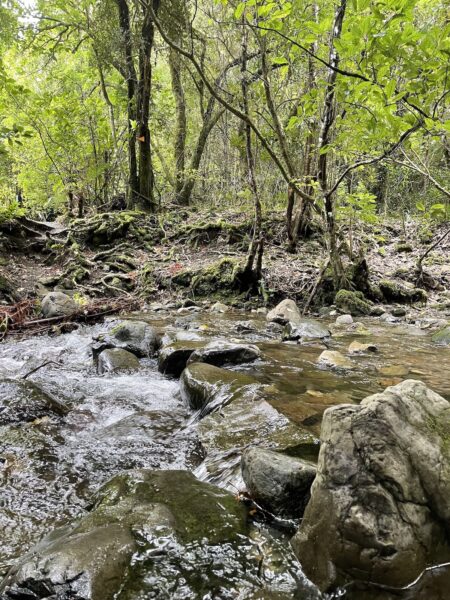
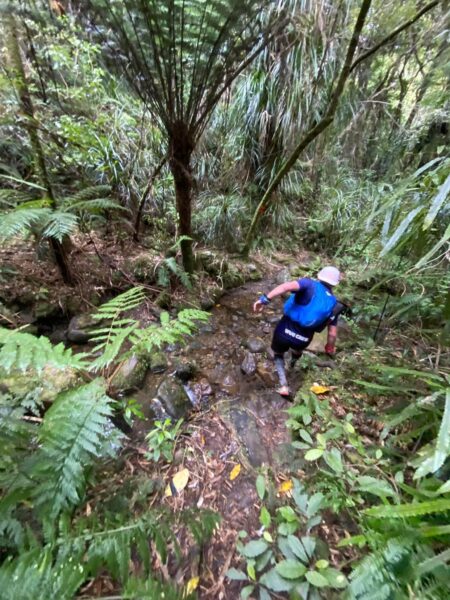
I was absolutely elated to reach this aid station and see the beaming face of my friend Cate (and chief organiser of the amazing volunteers for the event). Cate also worked with me at House of Science and was an outstandingly generous supporter of the fundraiser for a ‘Forest Health’ kit, along with Wellington Sports Medicine, and many other kind donors.
This aid station was more of a banquet, with a delicious array of home baking on offer. At this stage I’d been on my feet for nearly 5 and a half hours and covered 33km, the temptation to sit down, feast and chat to my friend and the wonderful volunteers was HUGE! I allowed myself a golden few minutes to recharge and then my brain seemed to send my body a reminder to keep moving and headed off across the second swing bridge. As I left the aid station I let out a ‘whoop’ and in my head thought positive thoughts, ‘I’ve got this!’ and waved my arms like a child on a sugar high as I said goodbye.
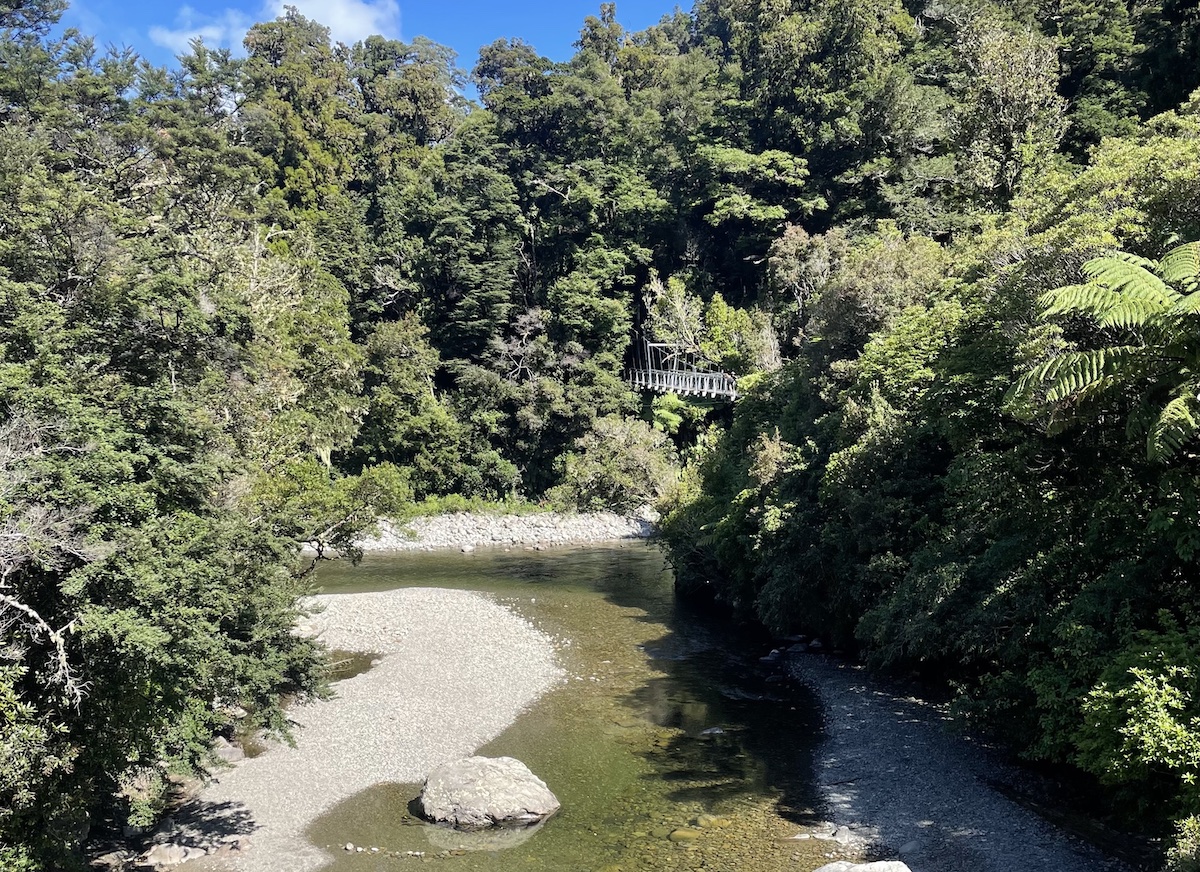
There was a lovely couple of kilometres after that aid station, along the gently undulating ‘swing bridge loop track‘, with a friendly pathway, with no exposed tree roots or obstacles to threaten to trip me up.
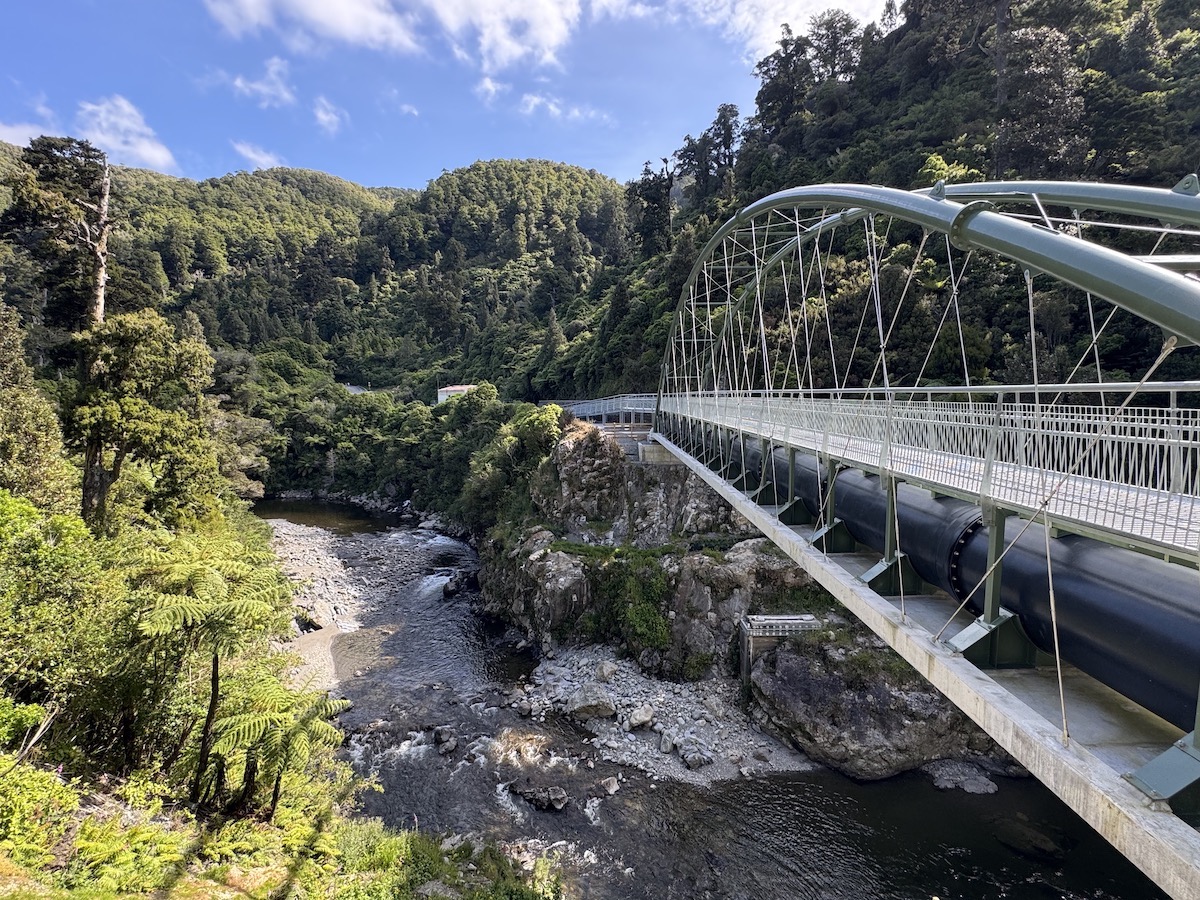
I crossed the third bridge and headed down a short road section, before heading into the forest again and onto a 7.5km section called the ‘Ridge Track‘, which links Pakuratahi Forks with the Te Marua
entrance (and the next aid station). This section started with a steep climb up uneven steps, leading to the main skyline ridge, and winding through beech forest. My poles helped me to leap frog over muddy sections of the trail, stay upright and not face plant in the boggy bits!
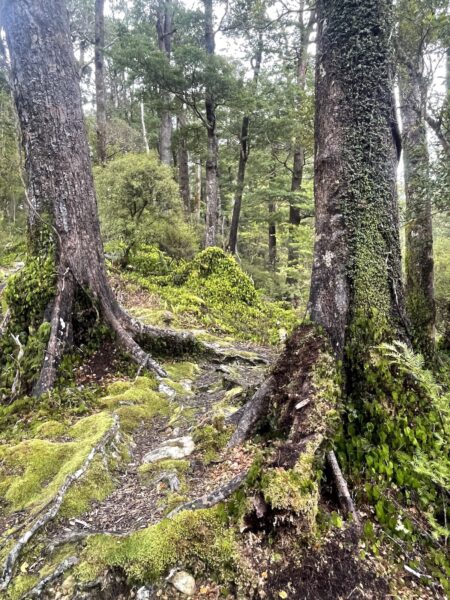
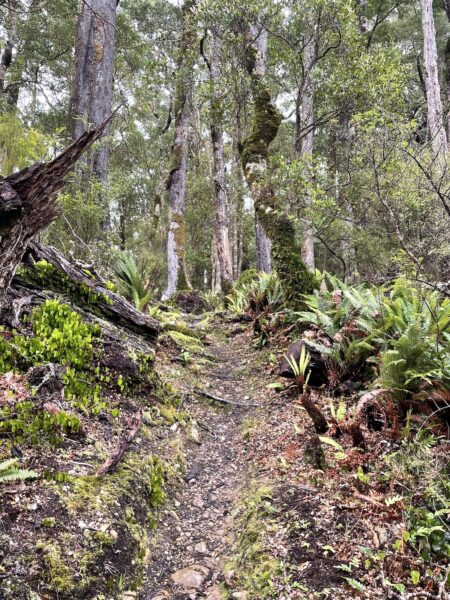
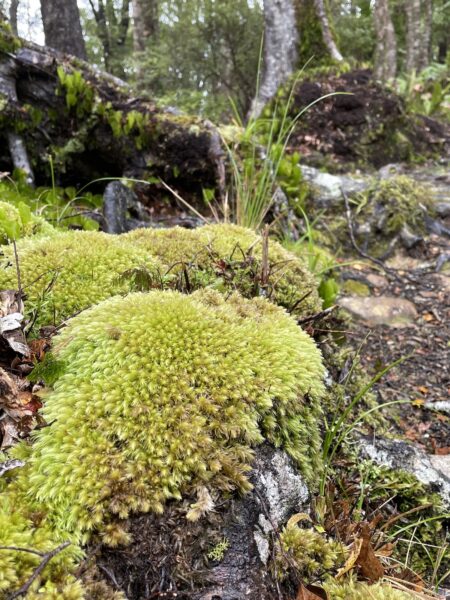
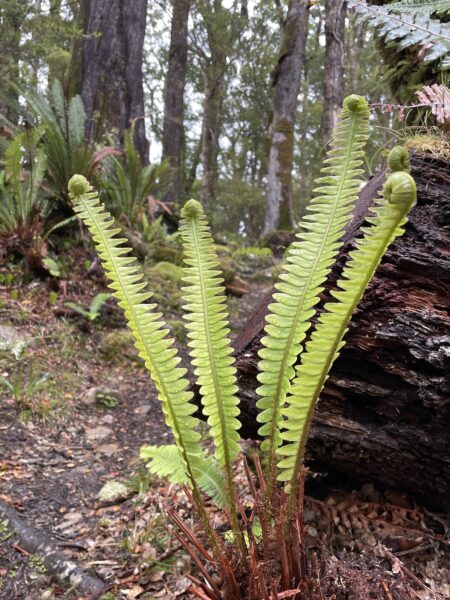
I emerged at the Te Marua Aid Station (around 40km in, on the 50km course) to be greeted by a wonderful band of merry pirates! This was such a jolly aid station and the volunteers greeted us with a huge welcome. I stopped to load up with a few lollies, rehydrate and thank the jolly vollies, before moving on and keeping my legs moving.
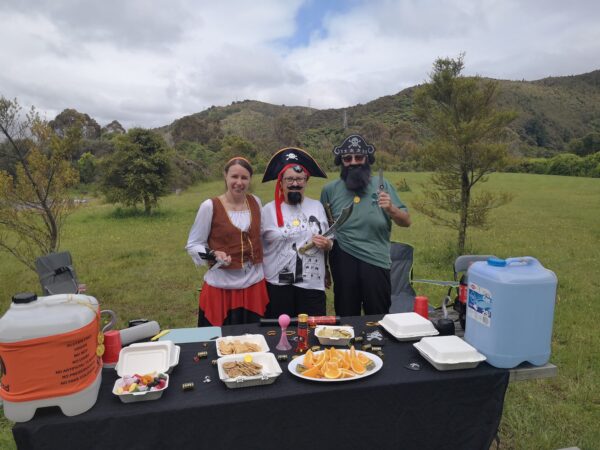
Only 10km more to go – and yet this section felt long! There weren’t any large climbs, but plenty of ‘pinchy’ (bitchy!) climbs. On fresh legs I would have ran over the undulating sections of the last 10km, but I found myself hiking the ups and jogging the downs. I was extremely grateful to have the company of a fellow runner at this stage – he’d signed up for the 100km but decided he’d call it a day at 50km (his amazing Mum had ran the 25km and would now be at the finish line to see him). Having someone to chat to on this last section made a world of difference (otherwise my brain would have been yearning for some music or a podcast to distract the feeling of a tired body whispering thoughts to ‘stop’!).
The last 10km took me an hour and a half. There was a final climb before a lovely downhill to the finish line. There was a marshal at the top of that last climb and I said, ‘Please tell me that was the last climb?’ and was elated to hear it was all downhill from that point!
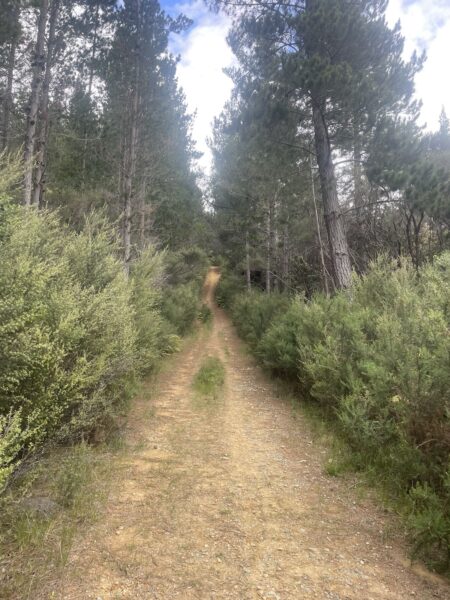
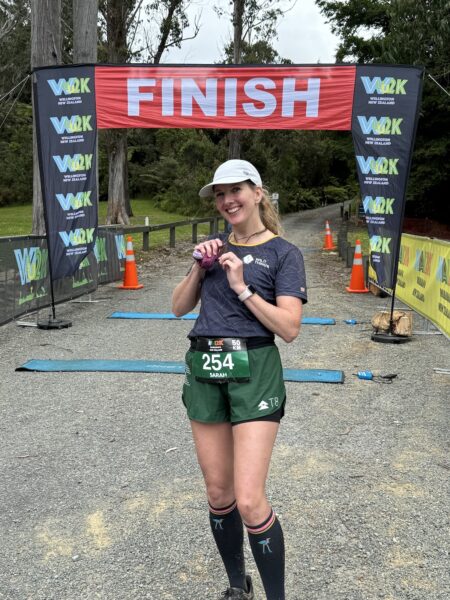
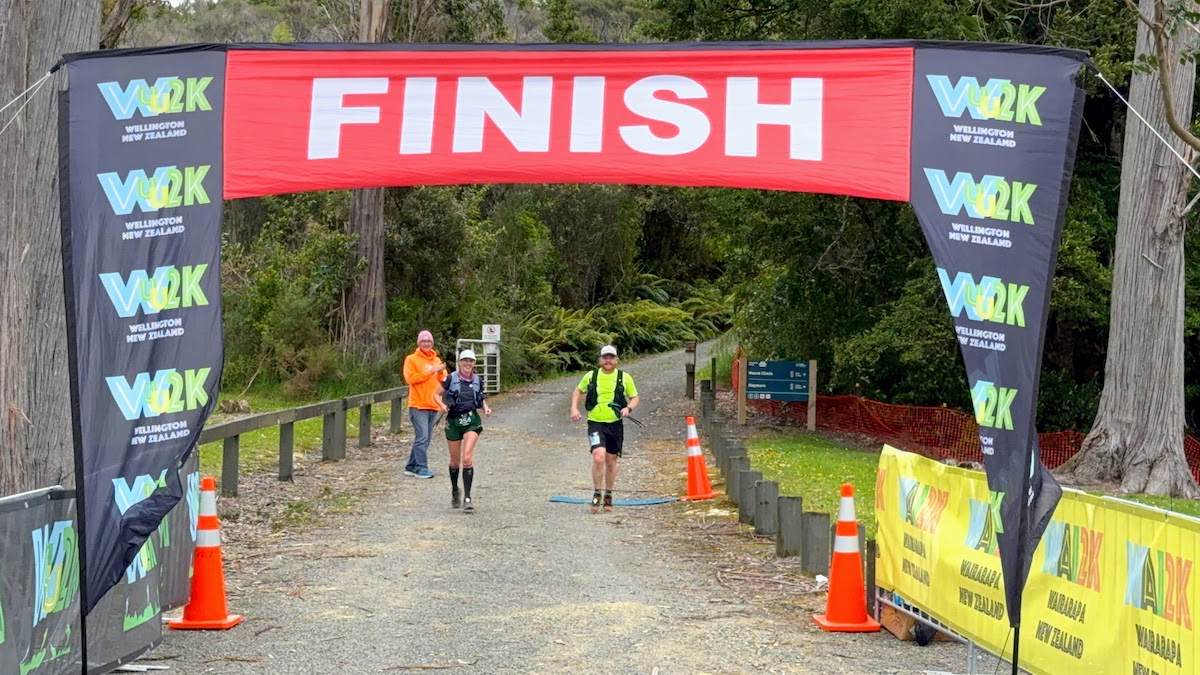
Descending to the finish line I could hear cheers of welcome and as this was a local event for me I was thrilled to see friendly faces, including my always supportive husband. I was on an absolute high running down that hill, glad that the poles had saved my hip flexors and enabled my legs to still be able to bend and stretch! What an epic event. I loved every moment of the adventurous 8 hours, 33 minutes and 36 seconds spent on my feet, crossing the line second in my age group (40 to 59) and 8th female.
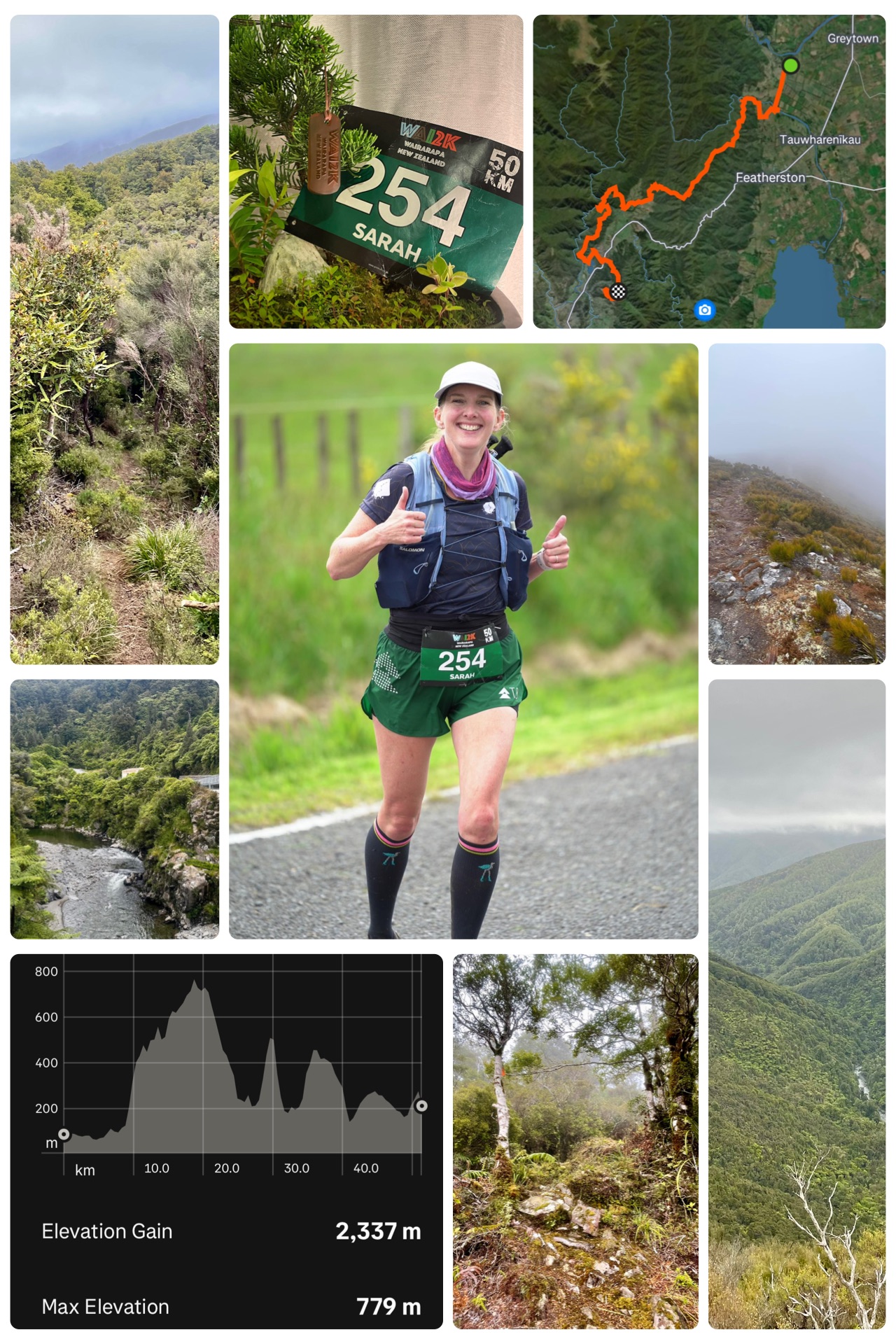
I was also overjoyed to have reached my fundraising target for a ‘Forest Health’ kit. It’s taken me a while to finally write this recap on the event, but the timing couldn’t be better as the kit (see below for more information) is now ready and soon to be finding its way to children in primary and intermediate schools!
I’m so happy to be volunteering for House of Science this year. Each branch around the country has only one, sometimes two (part time), paid staff, so without volunteers the kits wouldn’t get to the schools – it takes a team! If you are reading this, and would like to help, please seek out your local branch as they always need volunteers to restock, clean and tidy the kits when they come back from schools, as well as deliver them and pick them up.
Forest Health / Te Ora o te Wao
This resource introduces students to New Zealand’s native forests and the unique plant and animal life found within them.
Students begin by getting to know a tree and the community of living things, in, on and around it. The structure and soundscape of a healthy New Zealand forest is explored using audio files and the dimensions of two of our forest giants, kauri and p?hutukawa, are visualised, measured and compared. Slices of tree trunk are supplied for discussion about how trees store information about their past and the environment in which they grew.
Kauri dieback and myrtle rust are also covered to help students identify ways to minimise the impact these diseases have on the health of our forests. Students get the opportunity to dissect, clean, dry and store seeds and discuss the importance of seeds in the conservation and restoration of forest ecosystems. – House of Science New Zealand
